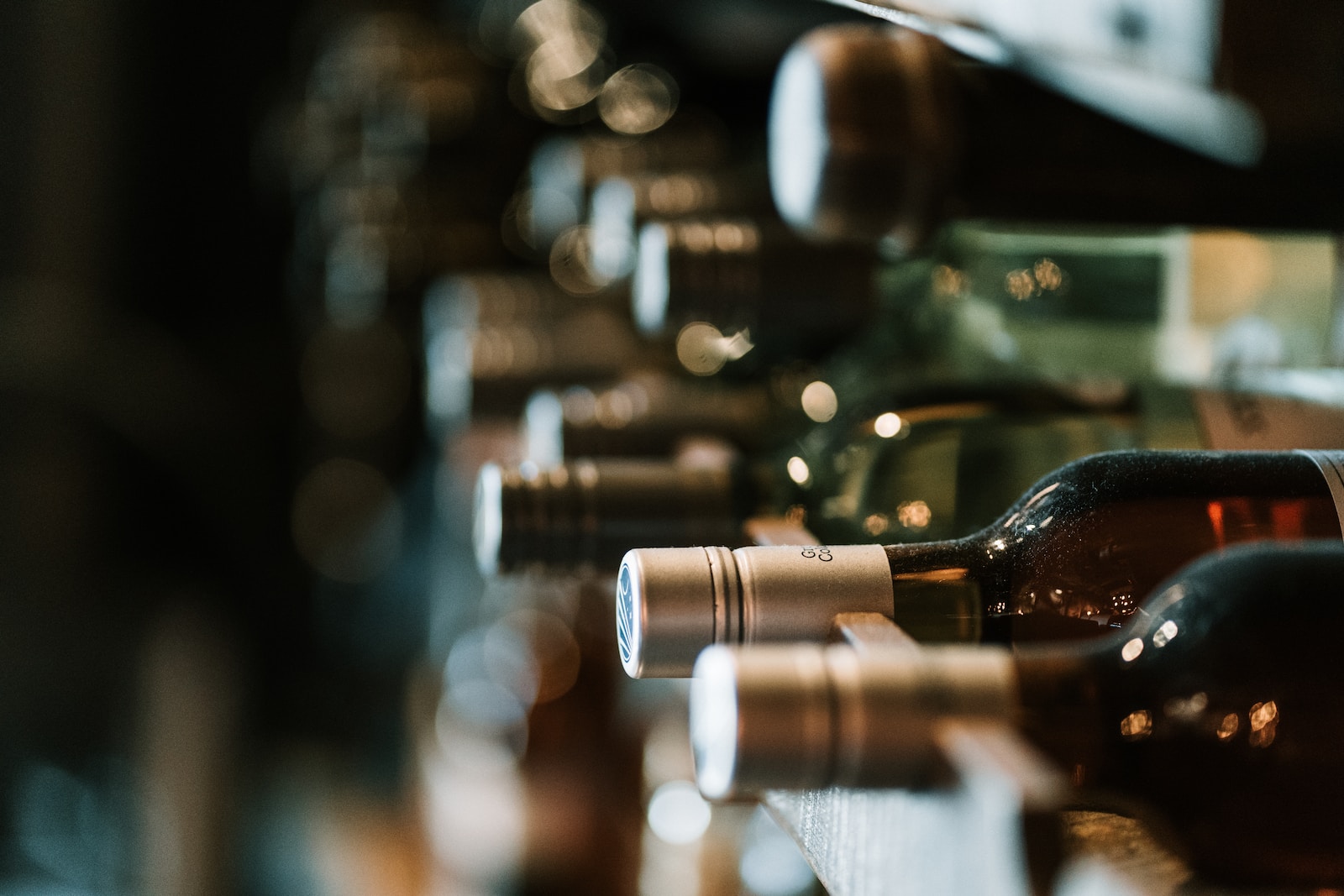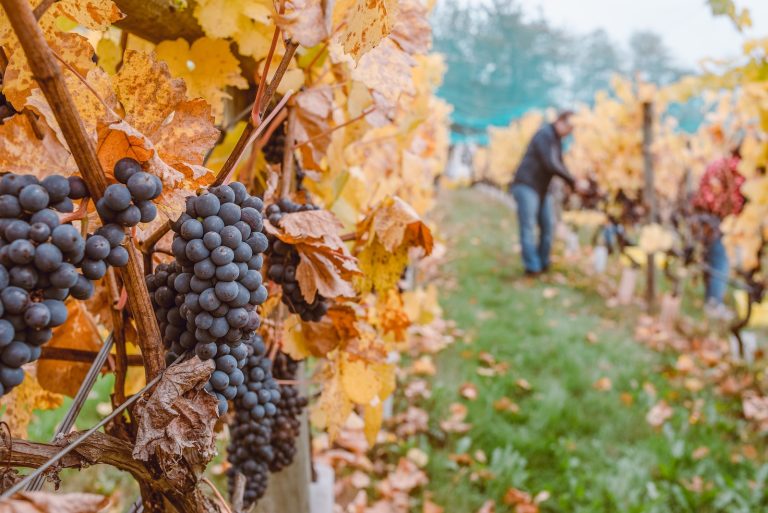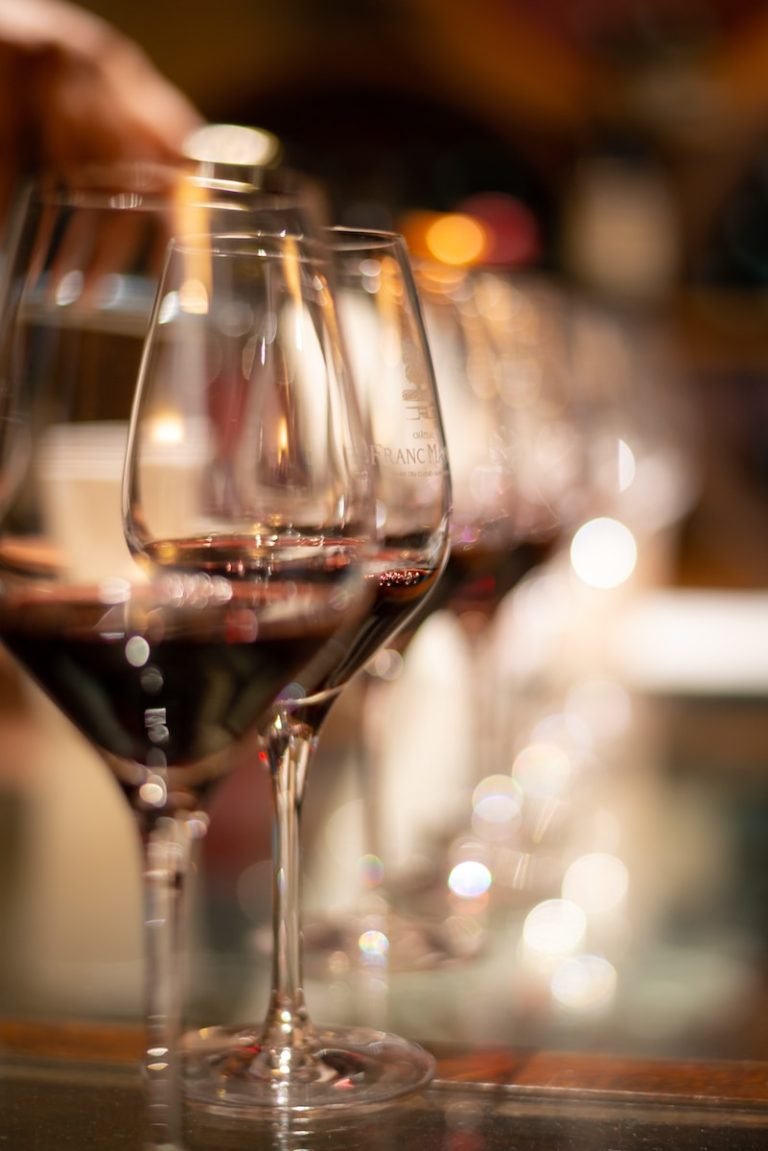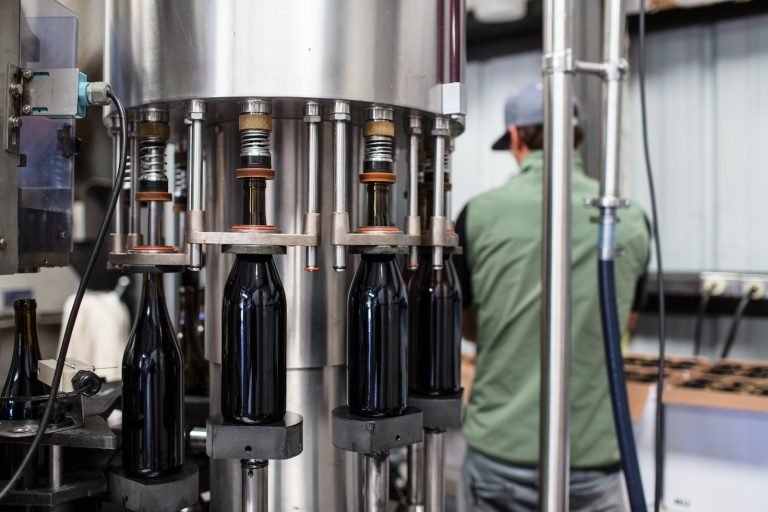What is a batch of wine called?
In winemaking, a batch of wine produced from a single harvest is called a vintage. The vintage refers to the year the grapes were harvested and essentially represents the culmination of that growing season’s weather, grape maturity and winemaking conditions. All the wines from a single vintage will share common vintage-specific characteristics.
For example, wines labeled with the vintage “2018” signify that wine was made from grapes harvested in the year 2018. 2018 wines will collectively exhibit hallmarks of that particular vintage year, influenced by regional weather patterns, growing conditions, and winemaking decisions. Vintages reflect the personality of a specific year.
Wine labels are required to display the vintage as it confirms the wine’s origin from a particular harvest. Vintages can fluctuate in quality and character year-to-year based on environmental factors. Some vintages achieve near-legendary status for their optimal growing conditions and high quality wines. Vintage charts help track the style and aging potential of wines from different years.
Understanding vintages allows consumers to set expectations about a wine’s potential peak drinking window. Vintages give wine a sense of time and place, telling the seasonal story of its origins from grape to glass. The vintage imprinted on the bottle encapsulates a wine’s vintage personality.
What People Often Get Confused About Batches of Wine
There are a few common points of confusion when it comes to talking about batches of wine or vintages:
- Vintage vs. non-vintage – Wines labeled with a vintage year (e.g. 2018) indicate the grapes were harvested in that specific year. Non-vintage wines are blends of multiple vintages. This is common in Champagne and lower-end wines.
- Vintage characterization – Generalizations about a vintage (e.g. “2018 was a great year”) may not apply to all regions. Vintages reflect local growing conditions so quality can vary across locations.
- Vintage vs. winemaking – The natural vintage qualities are impacted by winemaking decisions like fermentation, blending, oak aging etc. The winemaker’s influence matters.
- Vine age – Grapes from younger vines tend to produce wines with different characteristics than mature vines, regardless of vintage. This can affect the style.
- Variations within a vintage – Wines from the same vintage can vary based on microclimates, subregions, grape varieties and winemaking techniques used. Vintages are not uniform.
- Drinking windows – These generalize peak drinkability. But individual wines may evolve differently over time. It’s not an exact window.
- Vintage charts – These offer general profiles of a vintage but shouldn’t override individual inspection of wines. They provide guidance, not guarantees.
In Conclusion
Here are some additional key points to know regarding vintages and batches of wine:
- Variation exists even within vineyards in the same vintage. Different blocks may be picked at different times leading to differences in the grapes.
- Weather fluctuations during ripening like heat spikes or rain can alter grape characteristics, leading to vintage variation even among close neighbors.
- Winemaking techniques can mask or modify natural vintage characteristics. Options like oak, lees stirring, blending etc have an impact.
- Bottling date is not the same as vintage. Wines may be stored in barrel or tank for years before eventual bottling, but the vintage doesn’t change.
- Non-vintage blends can still have a house style consumers recognize. Consistency comes from the winemaker, not the vintage.
- In challenging vintages, quality producers will often declassify grapes into simpler wines rather than compromising standards for premium wines.
- Mass market wines are often blended across vintages to ensure consistency for consumers regardless of vintage variation.
- Vintages provide uniqueness and personality, but the importance of vintage should not outweigh the priority of balance, complexity and enjoyment when evaluating wine.
- Poor vintages can still offer wonderful wines, but often in lower quantities. Quality winemaking can shine in difficult years.
- Vintage charts and ratings offer guidance but personal preference and taste should determine what you drink and enjoy!
The key is realizing vintages provide useful background context, but the wine itself always takes priority when assessing quality and drinkability.






